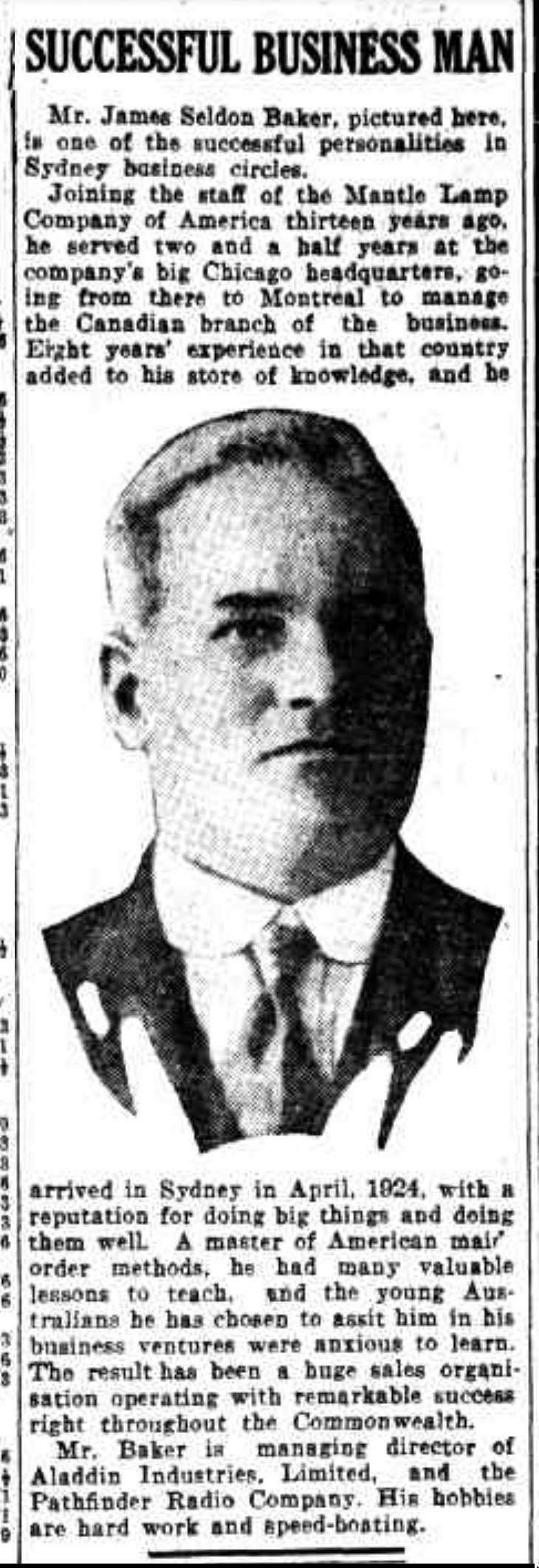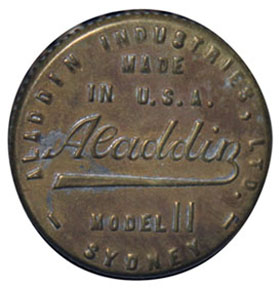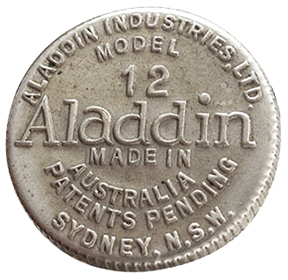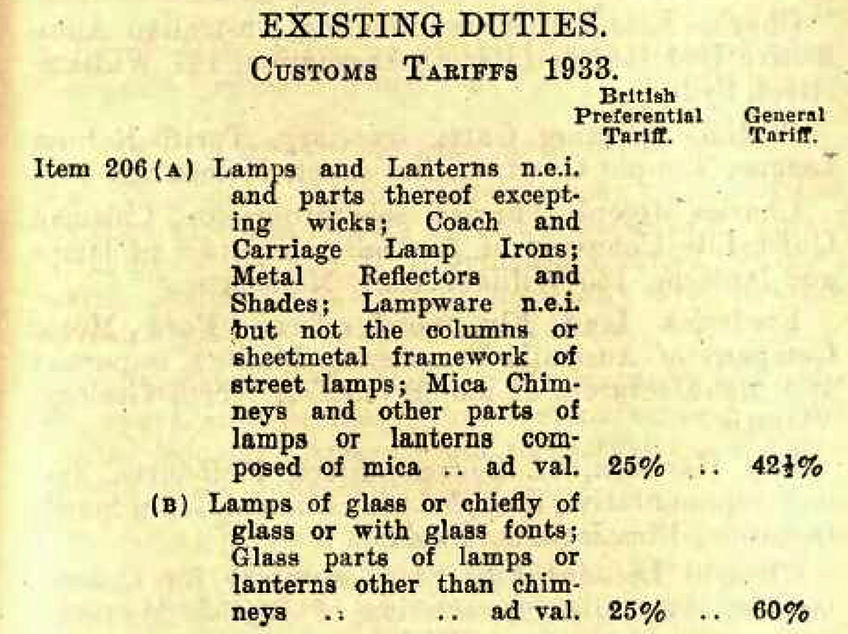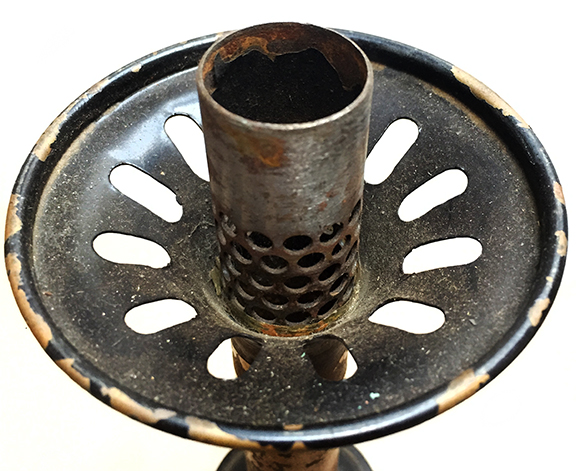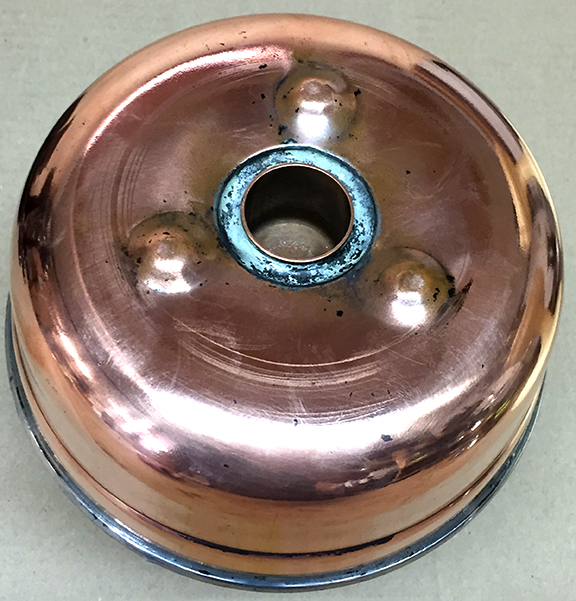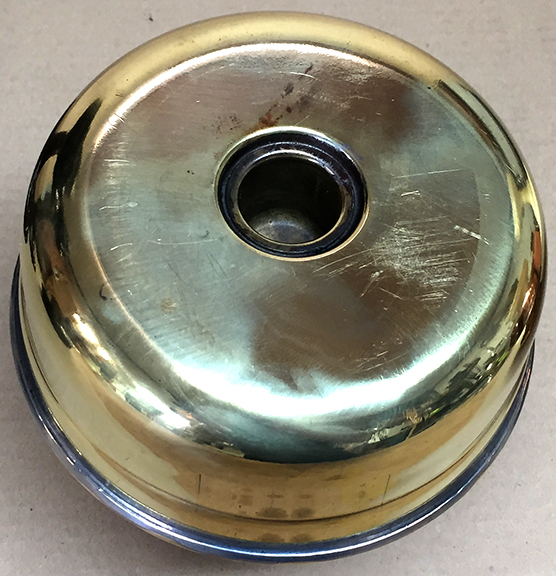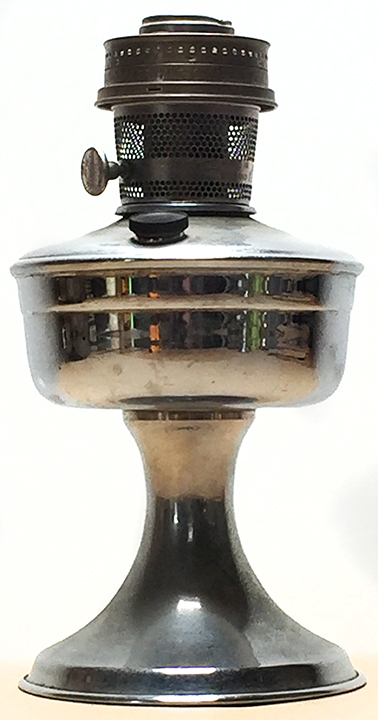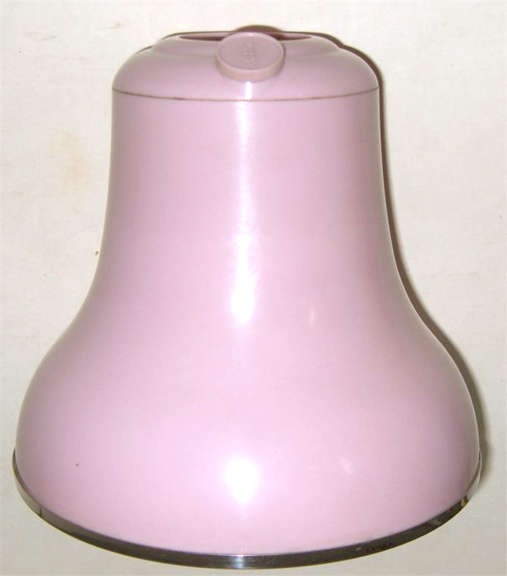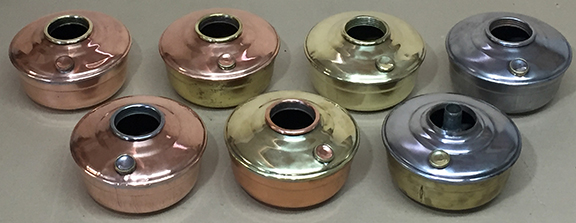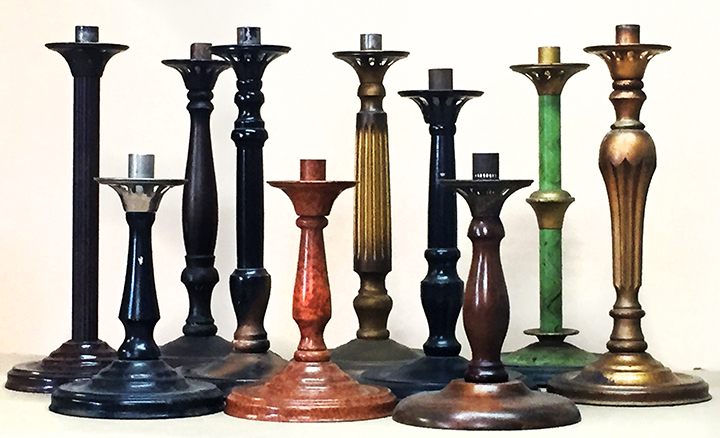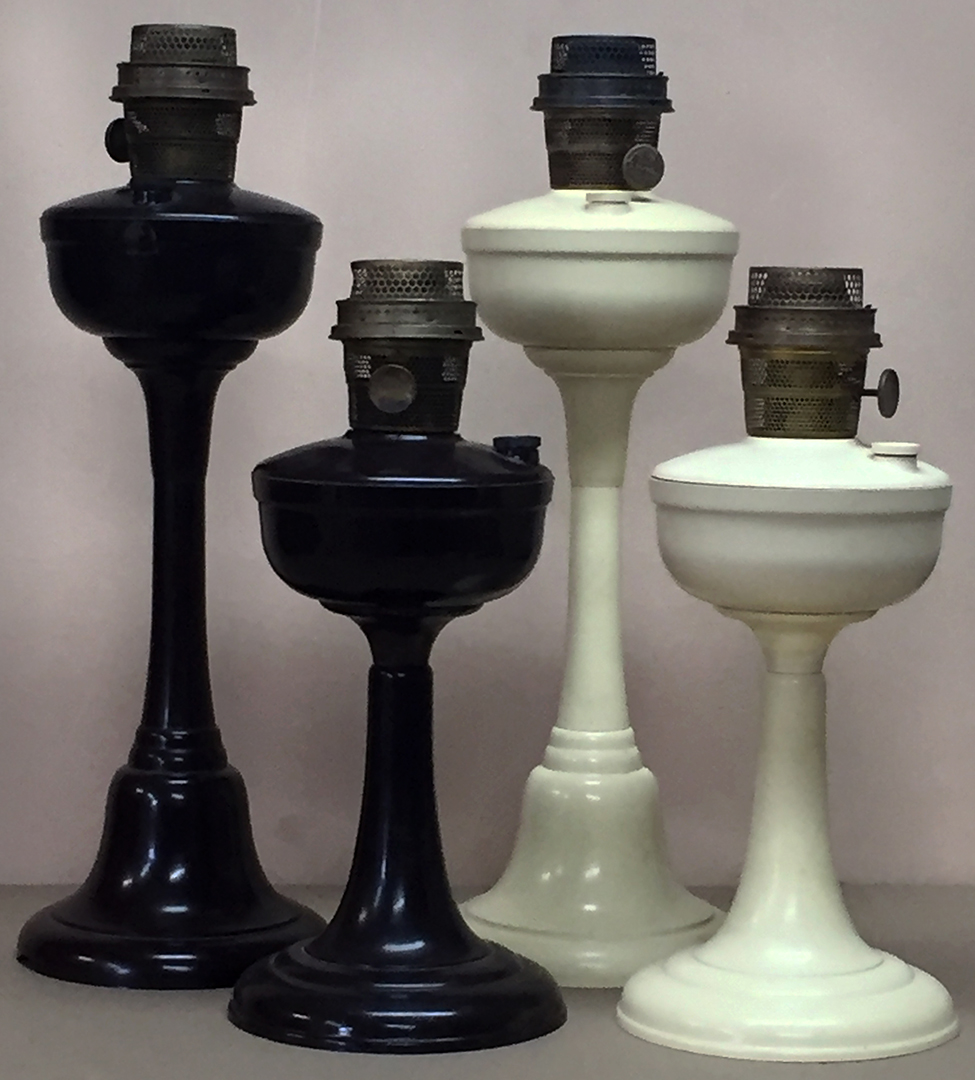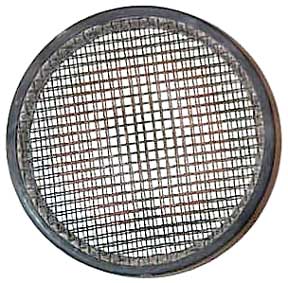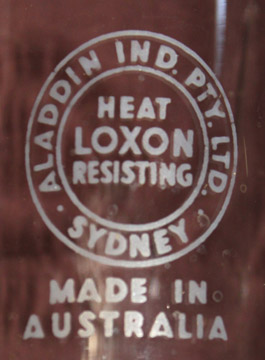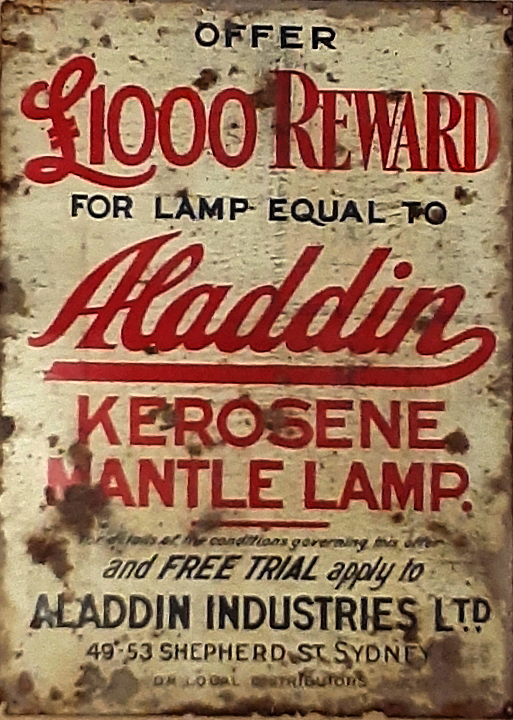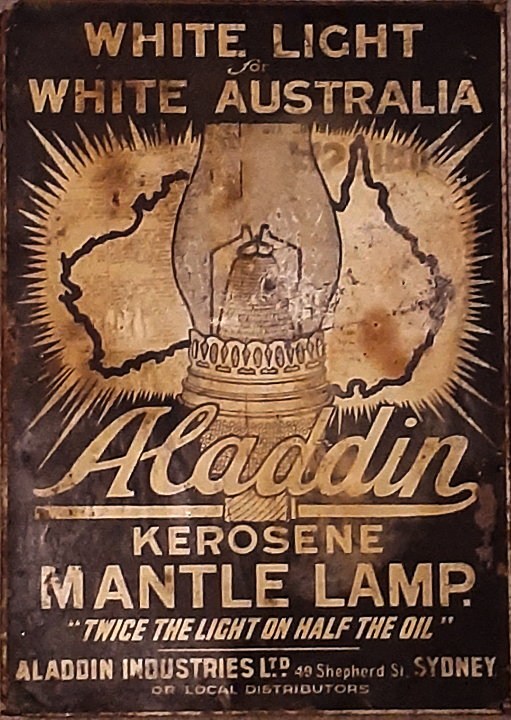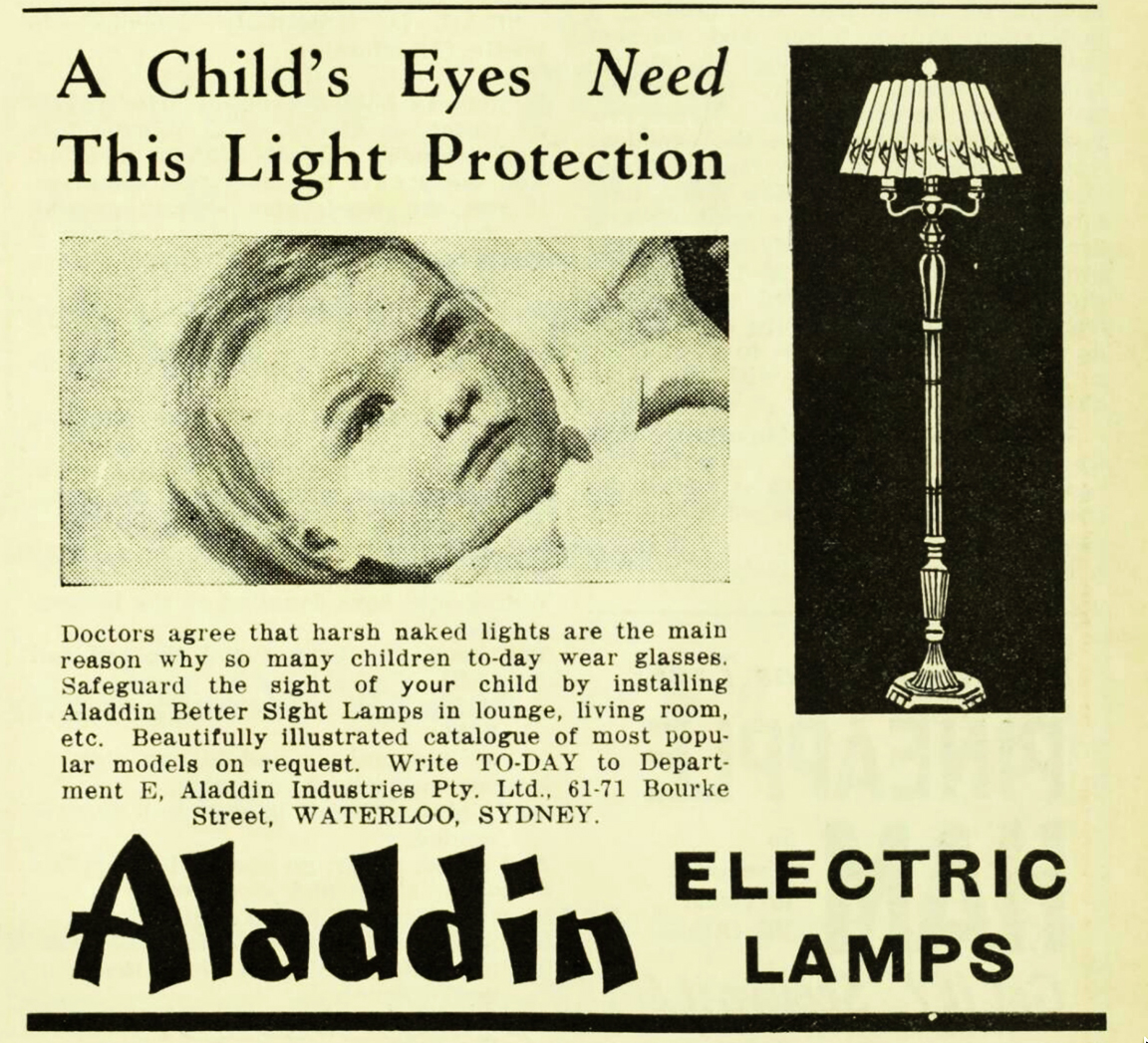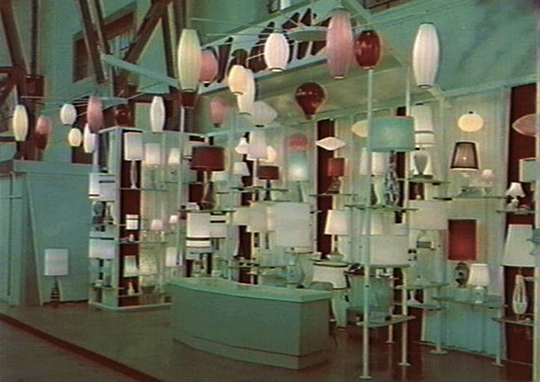![]()
![]() Contents > Introduction to Australian Aladdin lamps
Contents > Introduction to Australian Aladdin lamps

|
An introduction to Australian Aladdin Lamps Aladdin lamps were formally introduced in Australia in 1916 when T. Smith of 44 William Street, Melbourne became an independent authorized Aladdin dealer. He directly imported Aladdin lamps from the United States starting with the model 6 and tried to establish an independent dealer network along the lines of the American independent dealer network.
Sales Catalog showing range of Aladdin model 6 products offered for sale in Australia, pdf
Initially all the lamps sold by Aladdin Industries Ltd. in Australia were American made. The only difference between American model 11 and the Australian model 11 lamps is that the wick adjustment knob was labeled Sydney instead of Chicago.
After the model 12 was introduced in the United states Aladdin Australia also started offering the American made model 12 lamps. The only difference between American and pre 1932 American made model 12 lamps is that the wick adjustment knob was labeled Sydney instead of Chicago. These lamps are covered in the pages for the American model 11 and model 12.
According to Peter Cuffley* The model 12 burners arrived with blank wick adjustment knobs and the cover was added locally using a hand press. Aladdin Australia, like Aladdin Chicago ran an old lamps for new campaign to accelerate the adaption of Lox-On mantles and chimneys.
Model 11/12 transition lampsDuring the transition between model 11 and model 12 lamps Aladdin Chicago used up existing inventory of model 11 table lamp body parts combining them with new model 12 lamp body parts creating a series of transition lamps with a mix of parts from the two models. These transition lamps with model 12 burners were shipped to Australia to be sold. During this time both Aladdin Chicago and Aladdin England made burners were made from a mixture of model 11 and model 12 burner parts to use up the inventory of model 11 burner parts. Aladdin England sold their hybrid burners domestically. Aladdin Chicago placed model 12 Sydney wick adjustment knobs on their 11/12 hybrid burners and sent them to Aladdin Australia. American Aladdin collectors never see any of the hybrid 11/12 lamps unless they also collect Australian model 12 lamps or the hybrid burners unless they also collect either Australian or British Aladdin lamps.
Burner hybrids(details provided in Peter Cuffley's book* pictures by Anthony Truman.) Early during WWII Aladdin Australia experienced a shortage of new model 12 burners so started converting model 11 burners from previously turned in lamps to become model 12 burners.
Australian made lamps:In 1932 Australia started implementing large tariffs for imported lamps and lamp parts to protect jobs for Australian workers during the depression. In response Aladdin Australia started offering their own newly designed lamps and using up the existing inventory of American imported lamps. The 60% tariff prevented American made glass lamps from being imported.
The high tariffs caused Aladdin Australia to start manufacturing their own lamp fonts but continued importing burners first from America then from England. Instead of copying American or English lamp designs the Australians came up with their own unique lamp font design based on something that could be called a spigot and cup design. Burners require a high precision in manufacture and are by far the most expensive part of a lamp and many people in the rural Australian outback were too poor to afford multiple Aladdin lamps. So Aladdin Australia came up with a design that allowed a shelf lamp style font with a hole in the centre bottom that could be moved to any one of several different bases or even be used as a shelf lamp. This allowed a single shelf lamp to become a hanging lamp, a wall mounted lamp, a floor lamp, or a table lamp sitting on different length stems. There was even a base that was designed to allow the lamp to be carried by hand from location to location, called the hand carry lamp. What made all this possible is a tube that fit inside the centre hole in the font and a cup that the lamp font sat on. For the model 12 burner the tube in the font was the inner draft tube needed for the centre draft burner. The cup that the font rested on had slots, and the spigot holes to allow air to be drawn up into the burner. When the model 16 burners began importation after World War II the centre draft hole became an enclosed tube and the cup and spigot vent holes were eliminated. Again with the practice of using up already made parts to maximize profit, early lamps with side draft burners were sold on stands with model 12 slotted spigots and cups.
Lamp bases and holders:Many people living in Rural Australia were poor and Aladdin burners were expensive. The Australian system allowed the owner of a single lamp to move it into different locations as needed through the purchase of less expensive bases & holders. Below is an example of how a single lamp could become a hanging, wall mounted, table, and floor lamp as needed. And starting in late 1939, you can purchase an adapter to turn the lamp into an electric lamp.
Accessories:Aladdin Australia made their own lamps, wick cleaners, bug screens, and Chimneys. Mantles were imported from the UK as were most burners. Some American made model B burners were also imported from America. The UK imported model 14 (Super Aladdin) burners were called model 16A burners, and American Model B burners were called Model 16B burners. Aladdin Australia opened a subsidiary, Aladdin Lampshades pty. Ltd, to manufacture shades for the lamps. Since mantle lamps were a largely a seasonal product the company expanded into other products such as kerosene refrigerators, room heaters, greenhouse heaters, irons, thermos products, and storm lanterns similar to the Coleman lanterns. During WWII they also manufactured products for the military to aid the war effort. By 1960 Aladdin Lampshades pty. Ltd was no longer manufacturing shades. Its assets were liquidated in 1965.
Electric converter for side draft burners: About September or October 1939 Aladdin Australia introduced their own electric light converter for the model 16 lamps, Catalogue model 2110. As of 1953 this converter was still listed on the current price list. This adapter converted the Aladdin models 16A and B burners to electric and quickly converted back to kerosene if the electricity failed. Origionally named "Kerelec" it is listed as "Kerolec" in the 1952-53 price list. A typo?
Signs:
Two Aladdin Australia tack signs made before 1927. Both are painted on non-galvanized sheet iron that
By 1938 Aladdin Australia was offering a range of electric lights for people living in regions that have been electrified in addition to their range of mantle lamps. The urban parts of the country were rapidly becoming electrified while almost all of the northern rural areas were still without electricity
Catalogues & price lists:
Books:
ALADDIN INDUSTRIES LIMITED Addresses:
* Peter Cuffley, author of "Oil and Kerosene Lamps in Australia
|
|||||||||||||||||||||
| If you would like to discuss any of the contents please feel free to . © 2002, 2015 by TeriAnn
Wakeman. All rights reserved.
|
|||||||||||||||||||||


